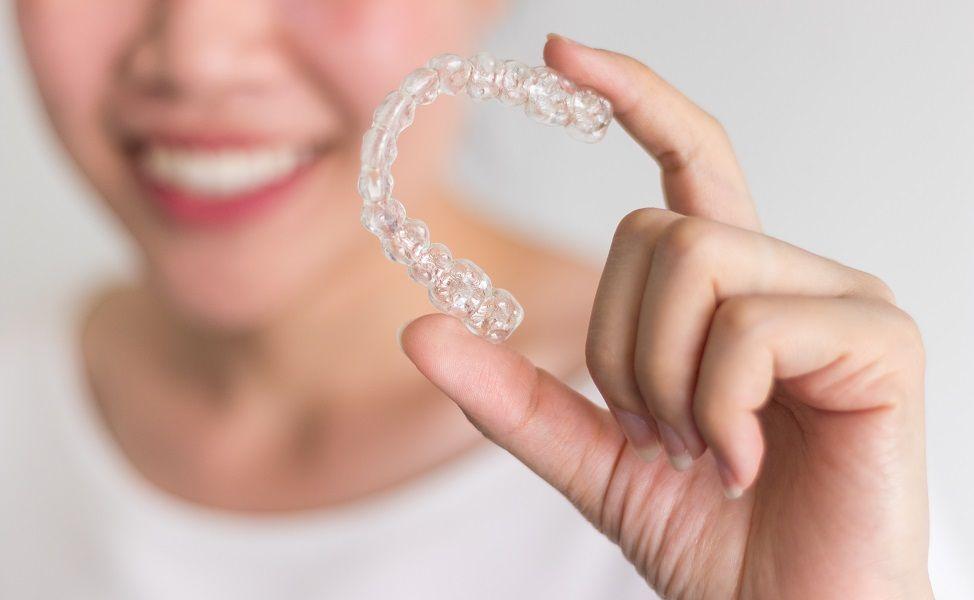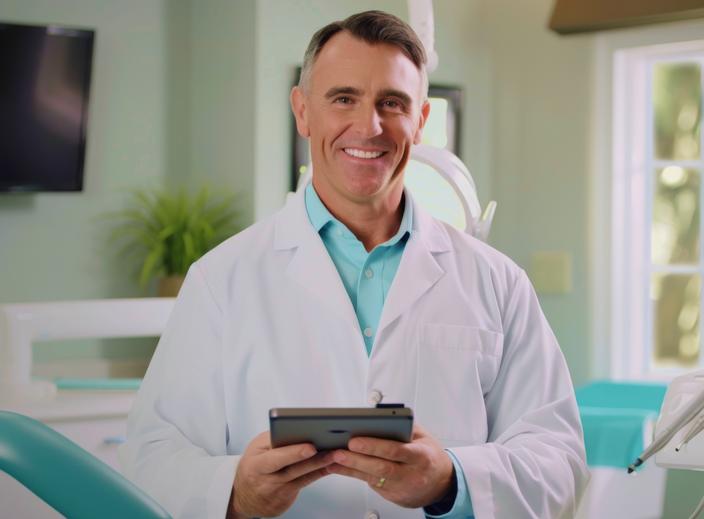November 14, 2023
How 3D Printing Is Revolutionizing In-House Orthodontic Practice Workflow

Developments in computer-aided design – including digital treatment planning software like VISION by SoftSmile – combined with the growing use of dental digital workflows and the popularity of three-dimensional (3D) printing have revolutionized how orthodontic practices manage aligner cases. As this trend continues to grow, we may be seeing just the tip of the iceberg as far as how digital treatment planning software and 3D printing workflows will change the dental industry.
Dental 3D Printing Grows In Popularity
According to a Dental News article from 2022, the Global Dental 3D Printing Market is expected to grow from USD 1.9 billion in 2020 to USD 8.6 billion by 2026. As 3D technology has become more accessible, 3D printers are becoming more affordable. According to a 2023 Forbes article about the growing popularity of 3D dental printing, a professional 3D printer that can manufacture clear aligners now costs around $3,500.
Separately, most of the materials used by large labs to manufacture clear aligners are now more accessible making it easier for orthodontists to 3D print aligners in-house. This means that doctors can directly deliver clear aligners to their patients in a matter of hours versus weeks and for a more affordable price.
How the 3D Printing Process Works
Dental aligners themselves are not 3D printed; it’s the model of the patient's teeth that are. Dentists and orthodontists use software – like SoftSmile’s VISION – to plan the tooth movement and generate a series of 3D models, each representing the patient's teeth at different stages of the treatment. The plastic aligners are then thermoformed around the models.
How VISION can improve Orthodontic Practice Workflow
SoftSmile’s VISION treatment planning software is also helping to streamline the treatment planning process. With VISION, a doctor or their staff can create a treatment plan and share with a patient what their smile will look like within half an hour. With 3D printing, patients can have their first few aligners printed within a day or two.
This individualized process is very different from the way that larger clear aligner manufacturers currently operate in which a treatment plan is sent to a lab that is often based in another country. Once the aligners are ordered from that lab they are delivered to patients in two weeks' time. If the treatment plan or the aligners require refinements, it can become a time-consuming process where a doctor or their staff have to review a treatment plan that is created by someone else.
SoftSmile has created a case management system, the VISION Web Portal, to streamline case review and modifications. With the VISION Web Viewer, doctors can quickly review a case and easily share the case with their patients or colleagues with a web link. The VISION Doctor-Facing application enables doctors to review, modify, and approve cases without lengthy back-and-forths with technicians.
How The Future Is Changing
Doctors who invest in an in-house aligner workflow that includes AI-powered treatment planning software like VISION which is compatible with 3D printers are seeing a return on their investment in terms of cost, time, and savings to their patients.
If you are interested in learning more about the advantages of SoftSmile’s VISION software and how our entire treatment planning ecosystem can help them grow your business, and deliver the best results for patients contact us to schedule a demo.
Sign up for our newsletter!
Case Studies, Podcasts, Ebooks, Events, Webinars, Company news, and more...
By subscribing you agree to the Terms of Use and Privacy Policy.



